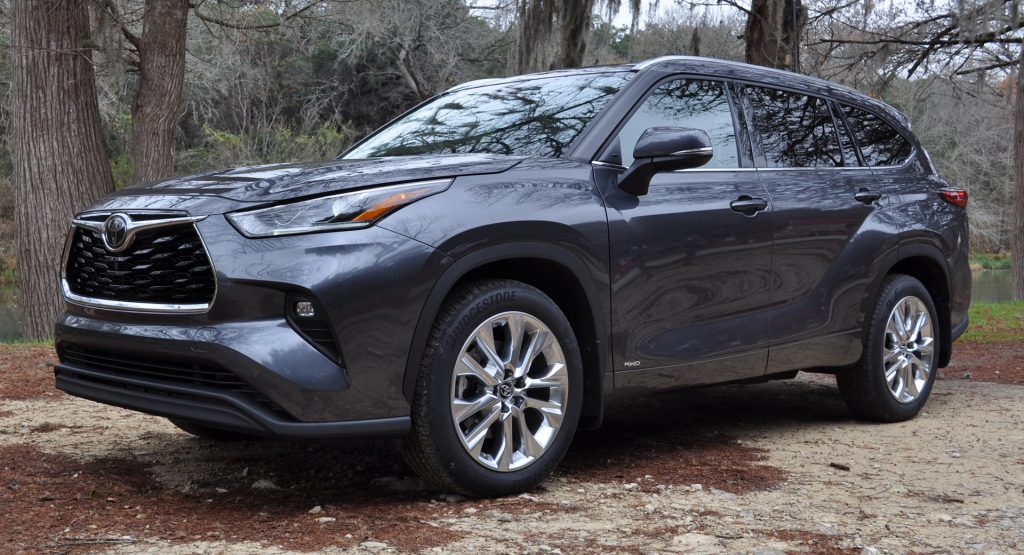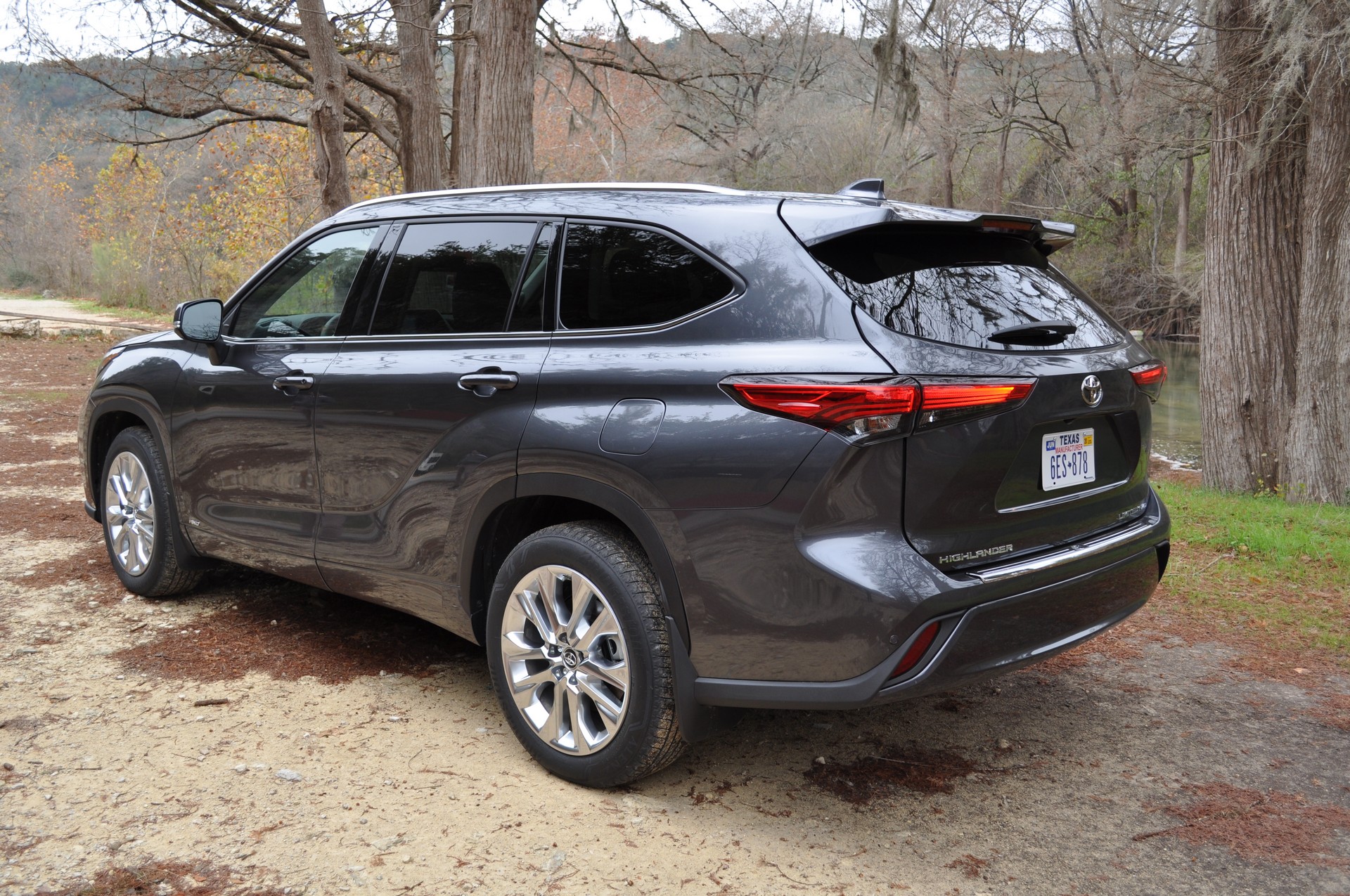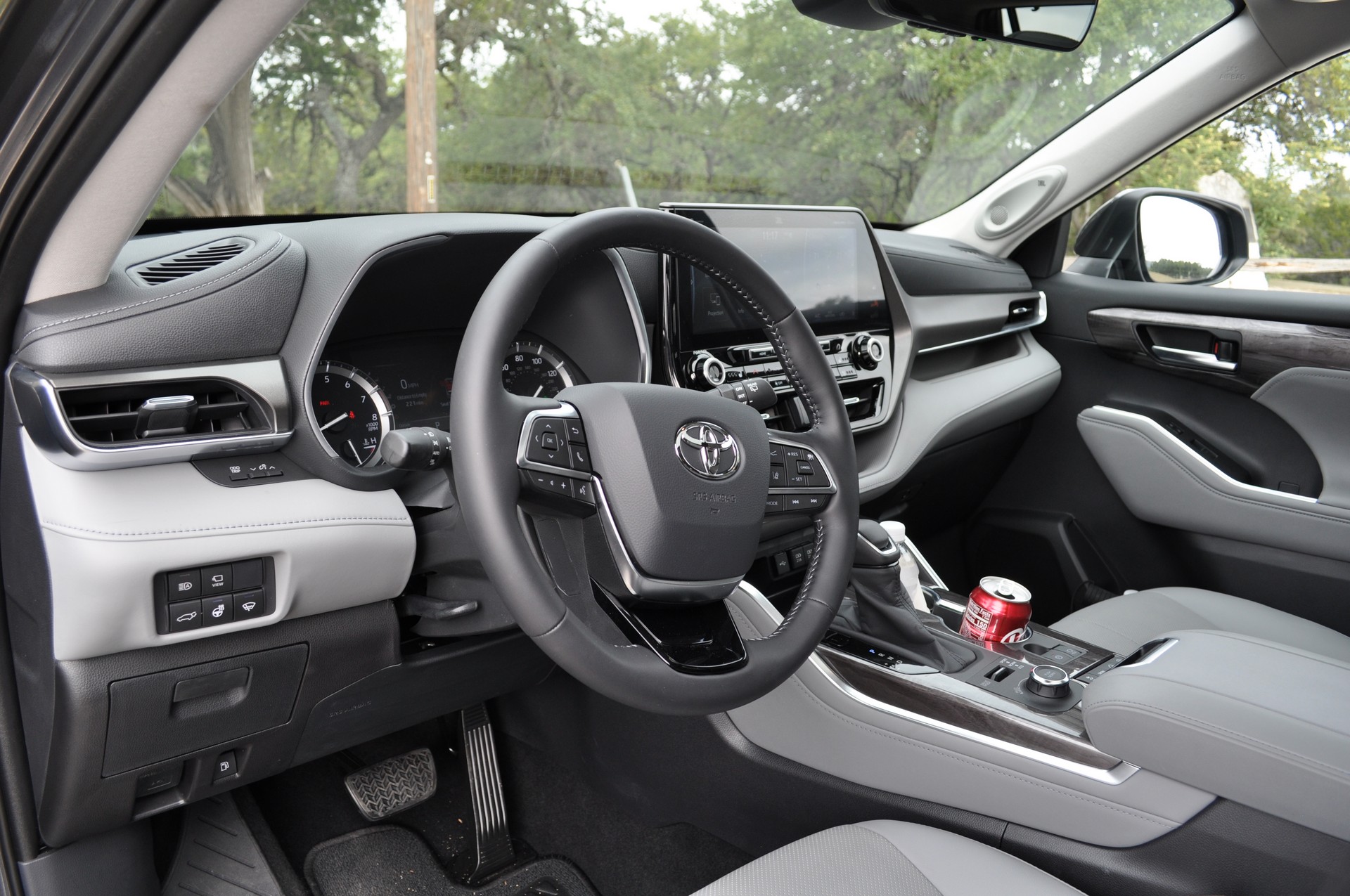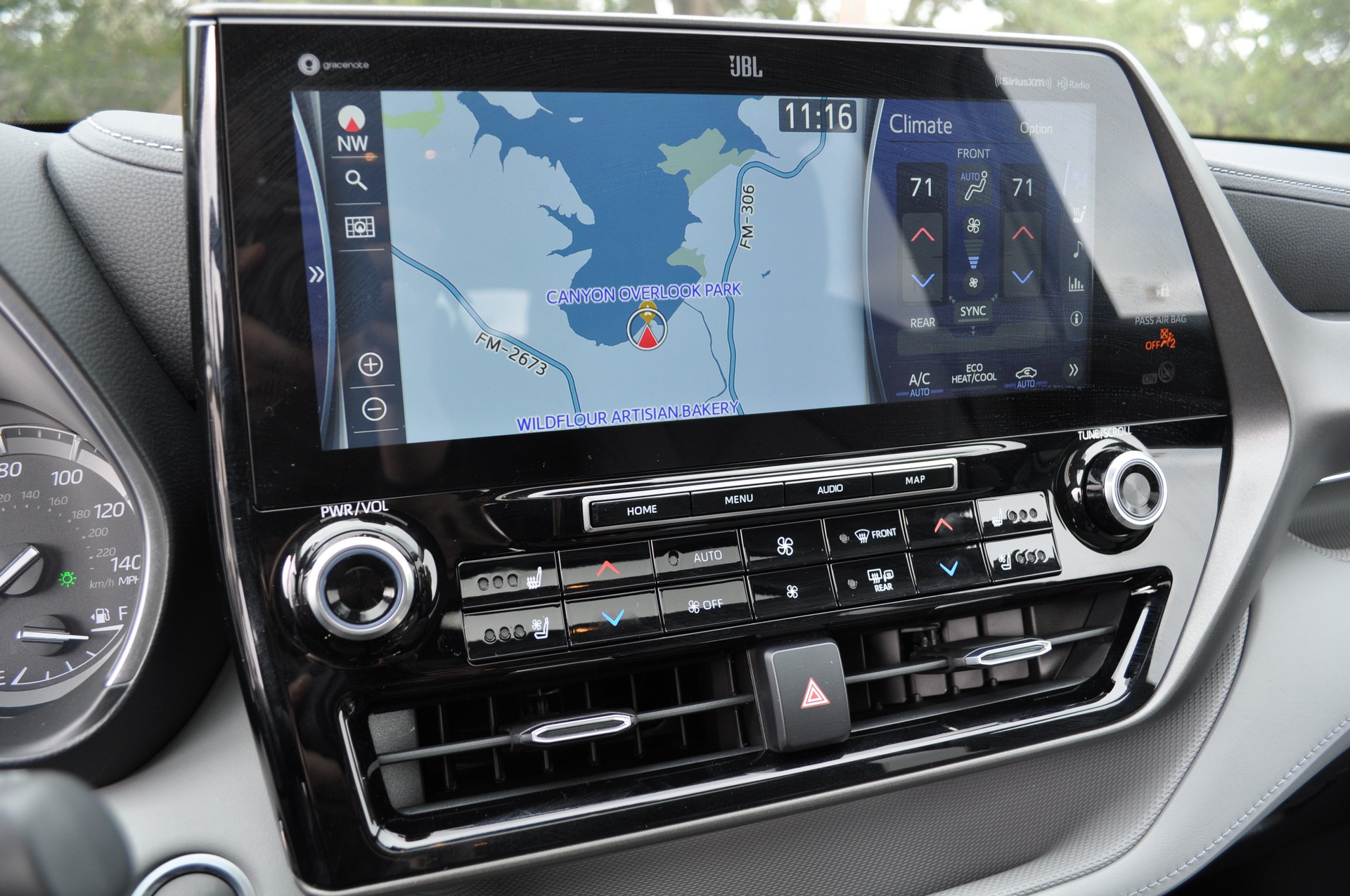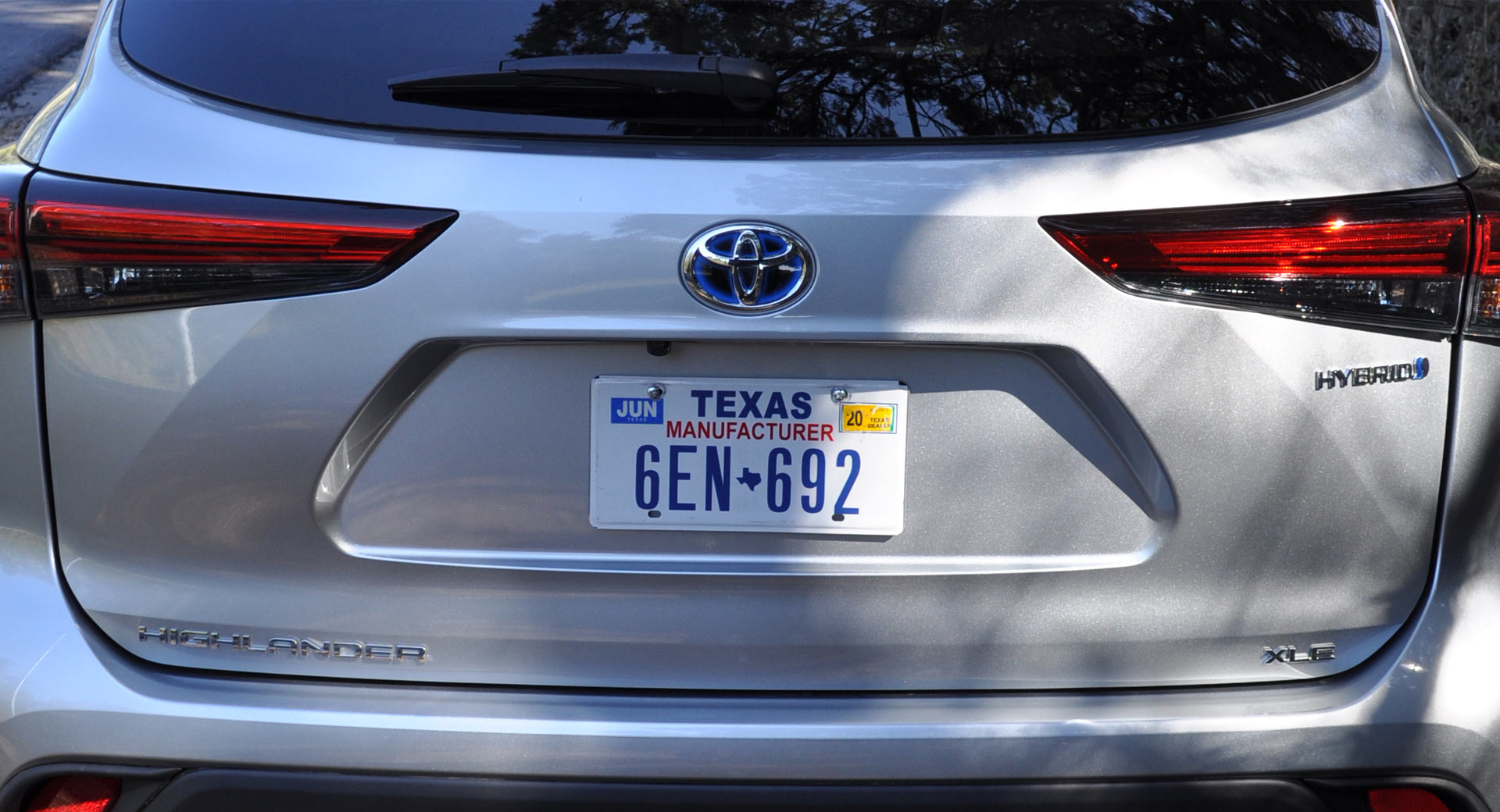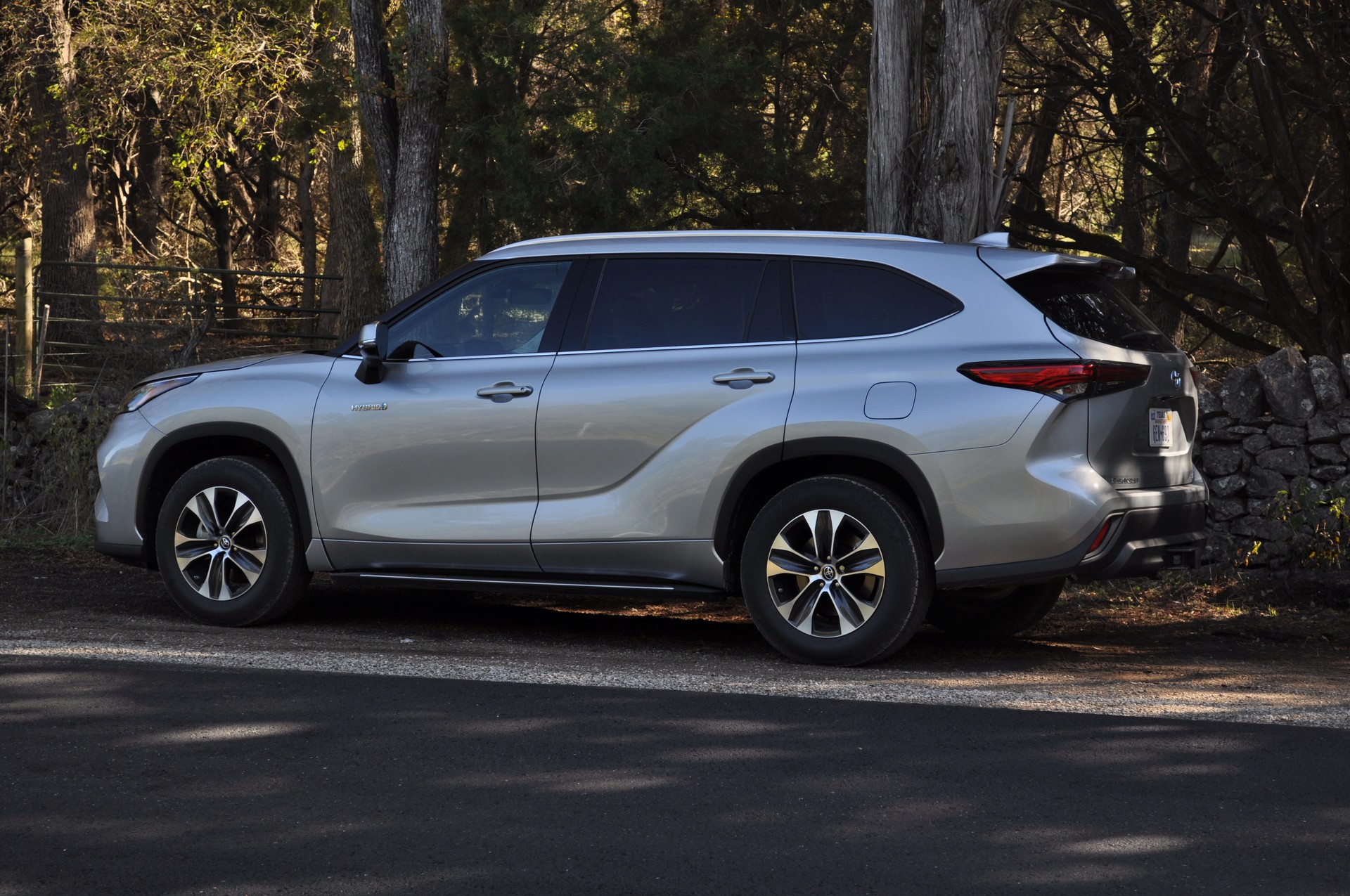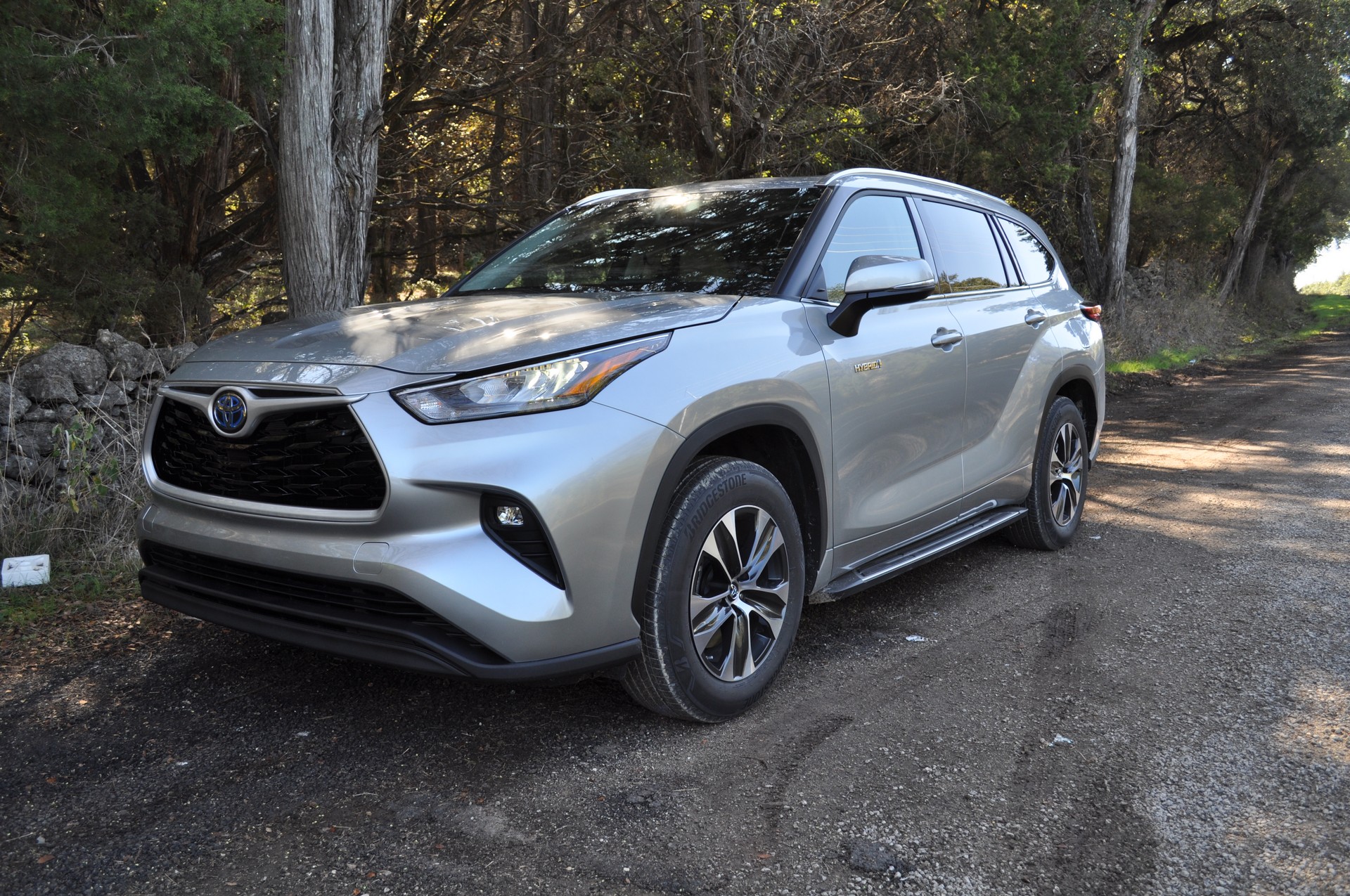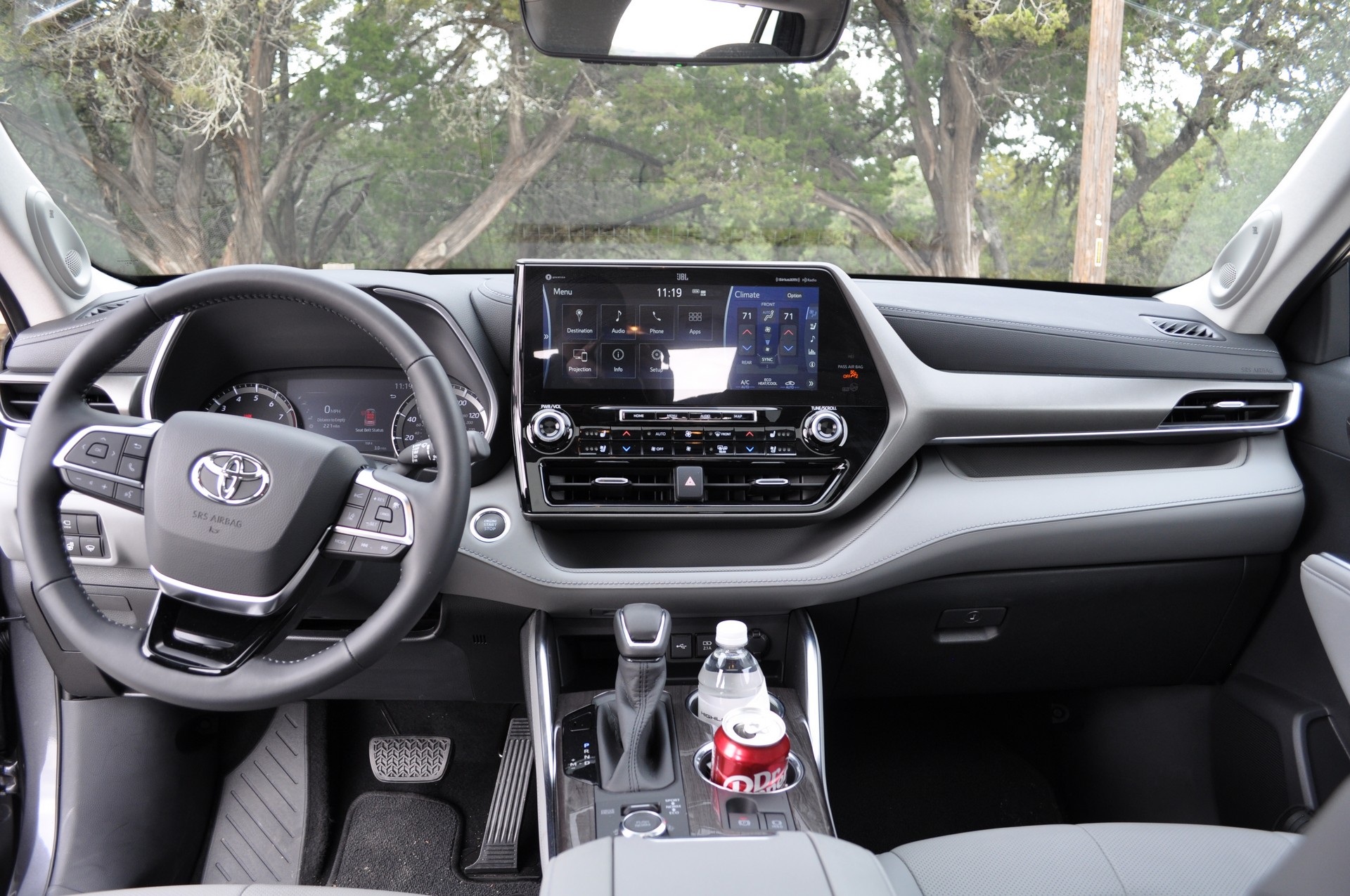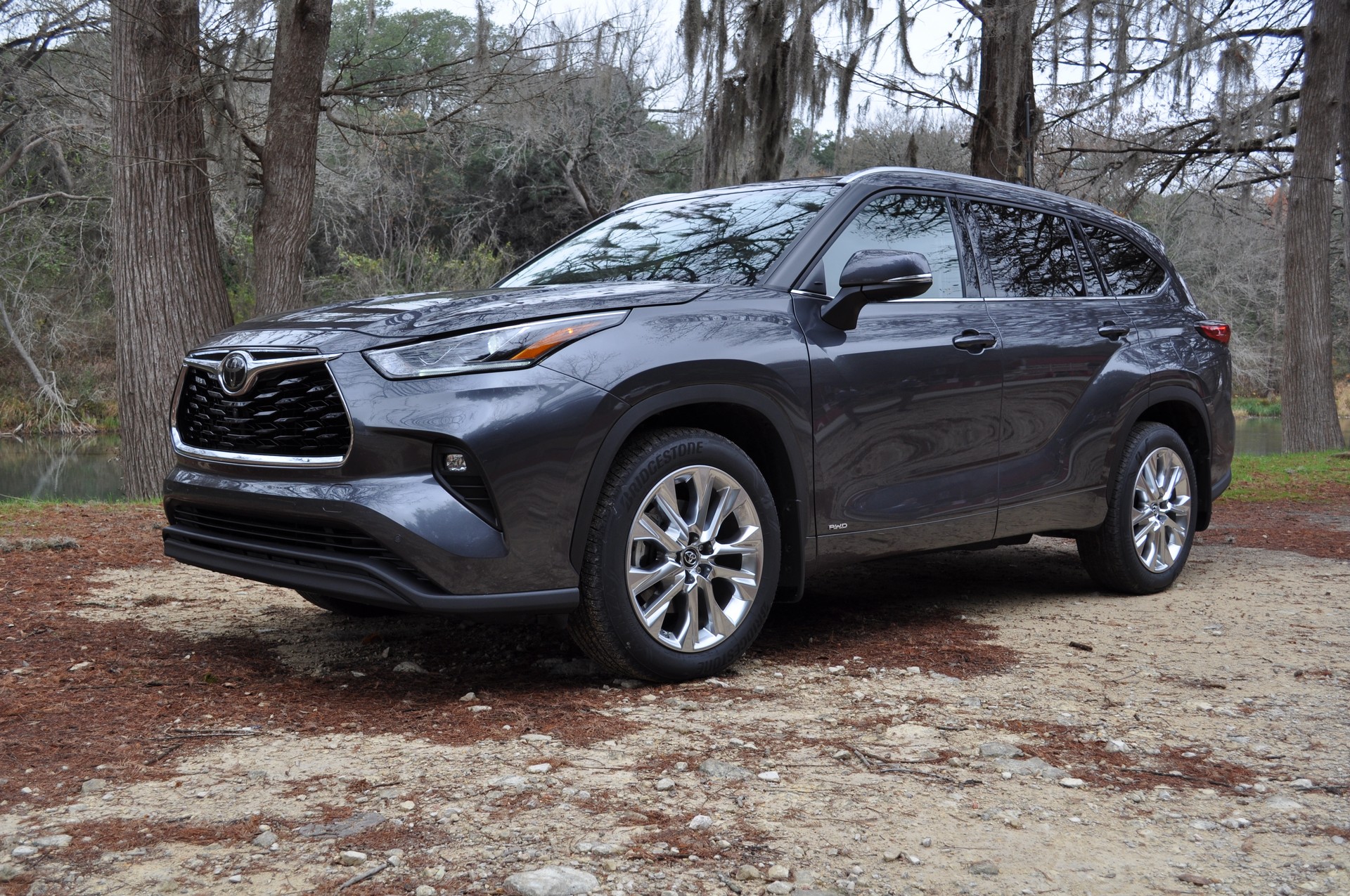Crossovers and SUVs have exploded in popularity over the past decade and we’ve seen countless new entries such as the Kia Telluride and Volkswagen Atlas.
Mid-size crossovers are particularly popular and the segment has grown to include 24 models that are responsible for approximately 2.5 million sales annually in the United States. The segment is highly competitive and that’s where the 2020 Toyota Highlander will do battle.
Unveiled earlier this year at the New York Auto Show, the 2020 Highlander has been redesigned from the ground up. As part of the transformation, the model now rides on the TNGA-K platform that also underpins the Avalon, Camry and RAV4.
Besides riding on a new architecture, the Highlander has grown in size as the 2020 model is 2.36 inches (60 mm) longer and 0.2 inches (5 mm) wider than its predecessor. The extra length is located between the wheels and this results in a more accommodating interior and improved cargo capacity.
Handsome Looks With A More Dynamic Attitude
While styling is always subjective, we think the Highlander looks more handsome than its predecessor . The ‘razor blade’ front end has been replaced by a more attractive trapezoidal grille which features a large Toyota emblem and a geometric lattice-like pattern.
Moving further back, there are LED headlights and soft curves which give the Highlander a more dynamic and upscale appearance. Speaking of the latter, plastic body cladding is kept to a minimum and designers installed blacked out A-pillar to create the appearance of a floating roof. In keeping with the upscale design, 20-inch wheels are an all-new option for the crossover.
There are practical changes as well as designers moved the side mirrors to improve visibility and reduce wind noise. The liftgate also uses a resin material which makes it lighter and quicker to open and close.
A Stylish Cabin With A Few Quirks
The all-new styling continues in the cabin and the Highlander benefits from Toyota’s “class-above” approach. As a result, there are soft-touch materials throughout the interior and hard plastics are few and far between.
Drivers sit behind a meaty steering wheel and find themselves looking at two analog gauges which are separated by either a 4.2- or 7-inch multi-information display. While the model doesn’t offer a digital instrument cluster, the gauges are highly legible and the 7-inch display provides a wealth of information.
To the right is a freestanding 8- or 12.3-inch infotainment system. Both are intuitive to use and feature dedicated buttons to access commonly used screens. They’re also high-tech as they feature Amazon Alexa, Android Auto and Apple CarPlay compatibility.
Below the infotainment system is climate controls, vents and a conveniently located storage shelf. The latter is ideal for holding your smartphone but, ironically, that’s not where the wireless charger is located.
Instead, the Qi-compatible charger is hidden beneath a roll-top cover on the center console. It’s a odd choice, but thankfully the shelf has a small opening which allows owners to run cables to the nearby USB charging and media ports.
Putting that aside, the cabin is logically laid out and most controls are in easy reach. While there’s plenty of gloss black accents and metallic flourishes, woodgrain trim is reversed for Limited and Platinum variants. This means lesser models have black plastic trim on the center console and door panels.
On the upside, the Highlander features excellent front seats which are comfortable and spacious. The base model has an eight-way power driver’s seat, while higher-end variants have dual power front seats with heating and ventilation.
The second row seats are also comfortable and that applies to both the bench and optional captain’s chairs. Speaking of comfort, there’s a standard rear seat climate control system and second row sun shades on XLE and above trims.
The third row has always been the Highlander’s weak spot and it still offers just 27.7 inches (704 mm) of legroom. However, second row legroom climbs to 41 inches (1,041 mm) and the seats can now slide an additional 1.2 inches (30 mm) forward. This lets owners sacrifice second row legroom to make the third row more hospitable.
The change is welcome, but the third row is still small and should be limited to children and small adults in a pinch. Speaking of adults, entry into the third row is less than elegant and I certainly wouldn’t want to spend much time back there despite having enough headroom for my 6’2” frame.
Of course, that’s the extreme case and Toyota says customers who regularly use the third row to haul adults might be better off with the Sequoia or Sienna. Both offer significantly more third row legroom as the Sequoia has 35.3 inches (897 mm), while the Sienna boasts 36.3 inches (922 mm).
A Comfortable Cruiser
While the Highlander’s base price has shot up by $2,770, the company has eliminated the entry-level 2.7-liter four-cylinder engine that produced 185 hp (138 kW / 188 PS) and 184 lb-ft (249 Nm) of torque. Now, the standard engine is a 3.5-liter V6 that develops 295 hp (220 kW / 299 PS) and 263 lb-ft (356 Nm) of torque.
As the numbers suggest, the V6 provides plenty of power and feels competitive with other offerings in the segment. Part of this responsiveness is due to the Highlander’s lower curb weight which now starts at 4,145 lbs (1,880 kg). This is makes the 2020 model about 100 lbs (45 kg) lighter than its V6-equipped predecessor.
The engine is connected to an eight-speed automatic transmission which provides smooth and seamless shifts. Front-wheel drive is standard, but the non-hybrid variants can be equipped with two optional all-wheel drive systems.
The mainstream all-wheel drive system is available on the Highlander L, LE and XLE. It’s a fairly typical system that features Snow, Mud & Sand and Rock & Dirt modes.
The luxury-oriented Highlander Limited and Platinum receive a more advanced all-wheel drive system with dynamic torque vectoring. It actively manages torque distribution between the left and right rear wheels to optimize handling.
Of course, the Highlander isn’t a sports car and drivers shouldn’t expect it to handle like one. That goes without saying, but the crossover drives smaller than it is and you never get the sense that you’re behind the wheel of a large eight-seater.
The steering feels a touch too light, but owners will probably get used to after a few days. Likewise, the brake pedal is a bit soft but the 13.3-inch discs provide plenty of stopping power.
Most people will probably be more concerned about ride quality and we’re happy to report the Highlander is comfortable as it soaks up bumps with relative easy. The model is also fairly quiet, with the Limited and Platinum being even more hushed thanks to laminated front side windows.
Despite its size and weight, the Highlander isn’t a pain at the pump as front-wheel drive models are projected to have a fuel economy rating of 21 mpg city / 29 mpg highway / 24 mpg combined. Adding all-wheel drive results in a minor drop to 20 mpg city / 27 mpg highway / 23 mpg combined.
A No Fuss Hybrid
If those numbers aren’t impressive enough, you can opt for the Highlander Hybrid which starts at $38,200. This makes it just $1,400 more expensive than the conventional model.
The big news for 2020 is that the hybrid is now available with front-wheel drive. The model also swaps the previous 3.5-liter V6 for a new 2.5-liter four-cylinder engine. Toyota said they made the change as consumers wanted improved fuel efficiency.
That isn’t just marketing hype either as the front-wheel drive Highlander Hybrid returns an impressive 36 mpg city / 35 mpg highway / 36 mpg combined. With all-wheel drive, the Highlander Hybrid LE and XLE return 35 mpg city / 35 mpg highway / 35 mpg combined. The all-wheel drive Limited and Platinum are a tad less efficient at 35 mpg city / 34 mpg highway / 35 mpg combined.
To put those numbers into perspective, the 2019 Highlander Hybrid LE – which was available exclusively with AWD – returned 30 mpg city / 28 mpg city / 29 mpg combined. That means the 2020 Highlander Hybrid LE AWD bests its predecessor by 5 mpg city / 7 mpg highway / 6 mpg combined.
Putting the fuel economy numbers aside, the 2.5-liter four-cylinder engine is joined by two electric motors, a continuously variable transmission and a nickel-metal hydride battery that resides beneath the rear seats. This setup gives the crossover a combined output of 243 hp (181 kW / 246 PS).
Despite having significantly less power than the conventional model, you’d be hard pressed to notice around town. While Toyota freely admits the hybrid is slower, you never get the sense that it’s underpowered.
In fact, there’s little that separates the driving experience between the two models other than grabbier regenerative brakes and a more aggressive engine cut off. The hybrid’s optional all-wheel system is also unique as it uses a third electric motor to power the rear wheels.
Safety Comes Standard
Like many modern automobiles, the Highlander comes standard with an assortment of driver assistance systems. Even the base model has automatic high beam headlights, full-speed range dynamic radar cruise control and road sign assist. Other standard features include lane tracing assist, a cyclist detection system, a pre-collision system with pedestrian detection, and a lane departure warning system with steering assist.
Higher-end variants come with additional safety features as XLE and above trims have a blind spot monitor with rear cross traffic alert. The Limited adds a parking assist system with automatic braking, while the Platinum goes even further with a digital rearview mirror.
The safety technology doesn’t end there as the crossover has anti-lock brakes, traction control and stability control. There’s also eight air bags, a tire pressure monitoring system and a complimentary 3-year subscription to Safety Connect. The latter provides automatic collision notification, emergency assistance, roadside assistance and a stolen vehicle locator.
An Improvement Facing Stiffer Competition
The 2020 Highlander improves on its predecessor in almost every way. Besides being stylish and comfortable, it’s practical and offers seating for up to eight people. The $39,600 XLE also hits the sweet spot in terms of pricing and equipment.
That being said, there’s no lack of options in the mid-size crossover segment. Some of these competitors are larger than the Highlander and offer a more accommodating third row seat.
While the Highlander is far from the only game in town, it’s a well-rounded vehicle and one of the few to be offered with a hybrid powertrain. The standard model is currently on sale in the United States and the hybrid variant will join the lineup in February of 2020.




